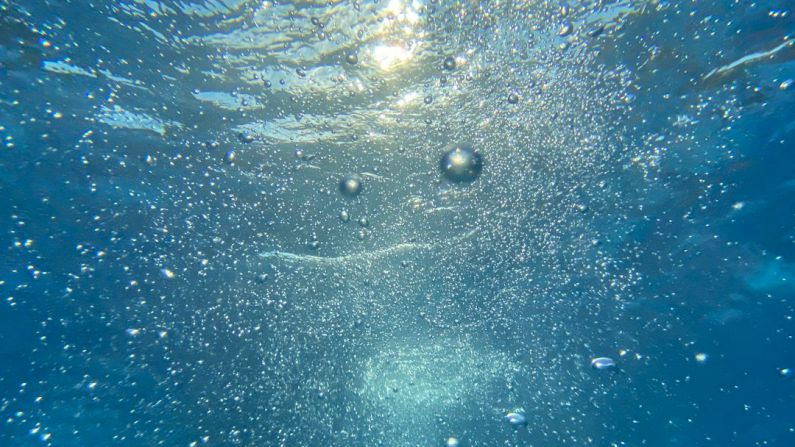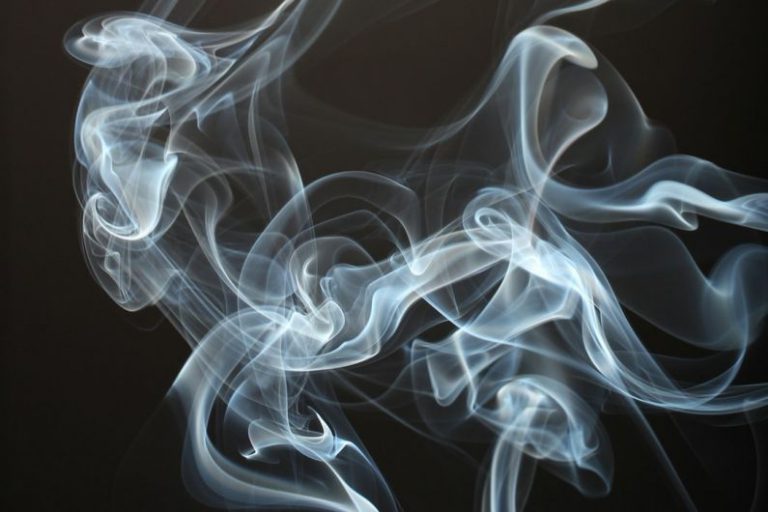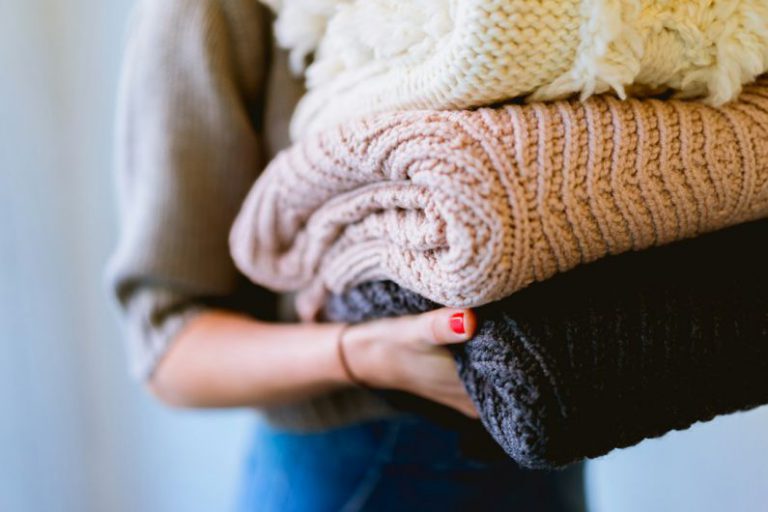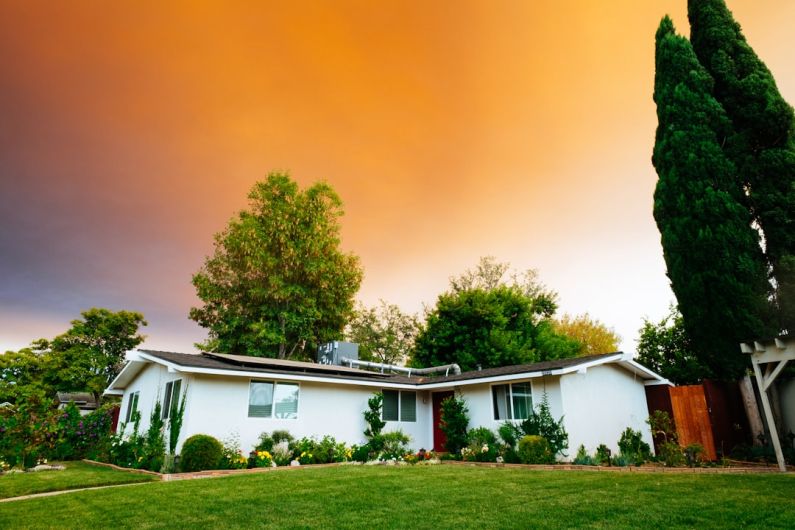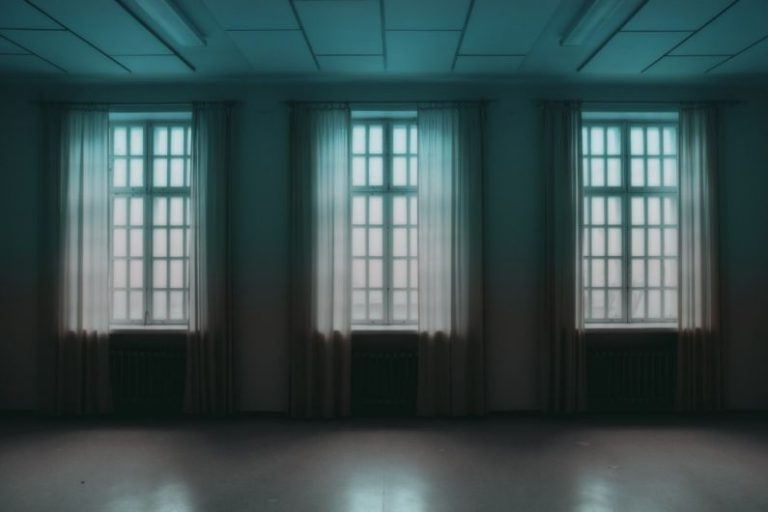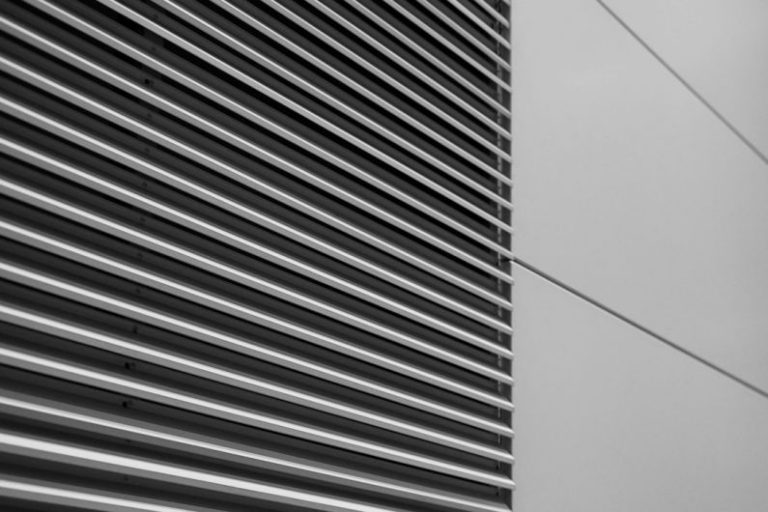How to Save Water at Home with Easy Fixes?
Water is a precious resource that we often take for granted. However, with increasing population and climate change, water scarcity is becoming a global concern. Conserving water is not only good for the environment but also helps to lower utility bills. Fortunately, there are several easy fixes that you can implement in your home to save water.
Check for Leaks
One of the first things you should do is check for any leaks in your plumbing system. Even a small leak can waste a significant amount of water over time. To check for leaks, turn off all faucets and water-using appliances in your home. Then, check your water meter and see if it is still running. If it is, there might be a leak somewhere in your house. It is important to fix any leaks as soon as possible to prevent water wastage.
Install Low-Flow Fixtures
Another effective way to save water at home is by installing low-flow fixtures. These fixtures are designed to reduce the amount of water used without sacrificing performance. Low-flow showerheads and faucets can significantly reduce water consumption without compromising your daily routines. Additionally, consider installing a dual-flush toilet, which allows you to choose between a full flush and a half flush, depending on your needs.
Upgrade to Water-Efficient Appliances
Older appliances tend to use more water than their newer, more efficient counterparts. If you want to save water and reduce your utility bills, consider upgrading to water-efficient appliances. Look for appliances with an Energy Star label, as they are designed to use less water and energy. For example, a high-efficiency washing machine can save up to 50% more water compared to a traditional top-loading model. Similarly, a dishwasher with a soil sensor can adjust the water usage based on the cleanliness of the dishes.
Practice Smart Watering in the Garden
Watering the garden is another area where you can save a significant amount of water. Instead of using a sprinkler, opt for drip irrigation or a soaker hose. These methods deliver water directly to the roots of the plants, minimizing evaporation and runoff. Additionally, water your plants early in the morning or late in the evening when the temperature is cooler, as this reduces evaporation. Mulching around plants can also help retain moisture in the soil.
Collect Rainwater
Collecting rainwater is an excellent way to reduce your reliance on municipal water supplies. Install a rain barrel or two in your garden to collect rainwater from the roof. This water can then be used for watering plants, washing your car, or other non-potable uses. Not only does rainwater harvesting save water, but it also reduces stormwater runoff, which can contribute to water pollution.
Change Your Watering Habits
Lastly, changing your watering habits can make a big difference in water conservation. Avoid overwatering your lawn and plants, as it can lead to wastage and promote the growth of weeds. Instead, water your lawn deeply but infrequently to encourage deep root growth. Adjust your sprinklers so that they only water the plants and not the pavement. Additionally, sweep your driveways and sidewalks instead of hosing them down.
In conclusion, saving water at home is not difficult and can be achieved through simple fixes. By checking for leaks, installing low-flow fixtures, upgrading to water-efficient appliances, practicing smart watering in the garden, collecting rainwater, and changing your watering habits, you can significantly reduce your water consumption. Remember, every drop counts, and by conserving water, you are helping to protect this precious resource for future generations.
